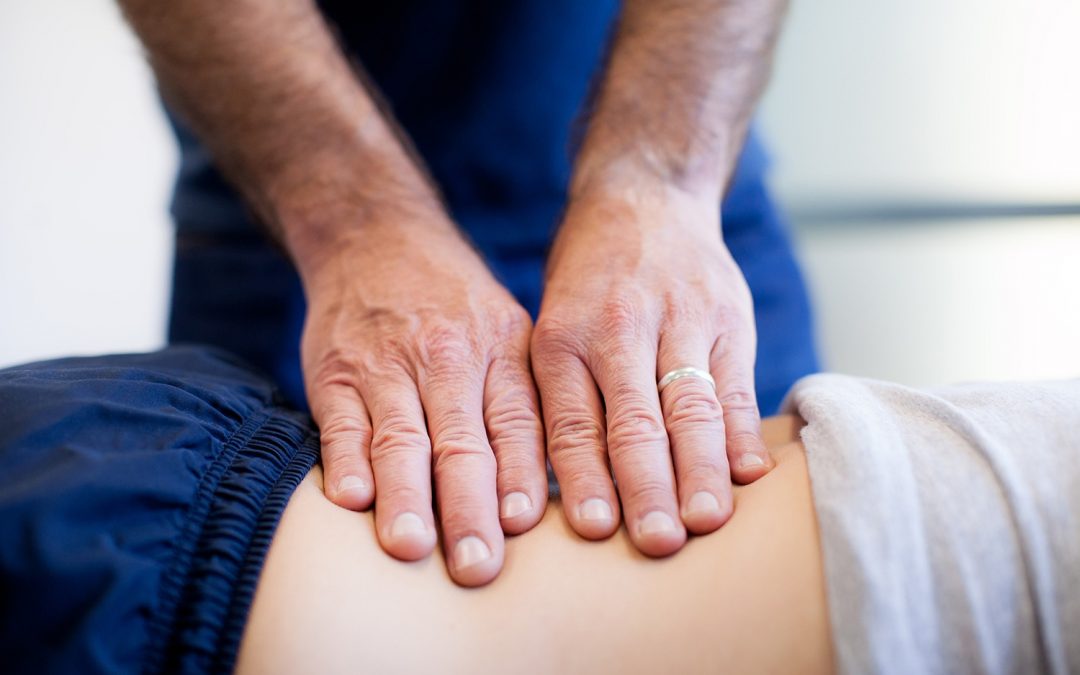Table of Contents
Physiotherapists, or better known as physical therapists, provide services for people needing to restore their physical functions, relieve pain, improve mobility and prevent or minimize permanent physical disabilities caused by ageing, diseases or injuries. It’s a branch of medical science where practitioners work closely with their patients to deliver needed therapies to promote, restore and maintain overall fitness; wellness and for active and healthy lifestyles.
Their patients are usually individuals having troubles with disabling conditions caused by diseases that affect their physical functions, such as arthritis, heart attack or stroke survivors, patients with cerebral palsy, elderly individuals, those who suffer from low back pain; fractures caused by accidents or injuries, etc.
They deliver their therapies by taking their patient’s medical history into consideration, thorough diagnosis, conduct review of systems; and perform tests to measure the individual’s basic physical functions; such as structural integrity of the patient’s body, muscle strength, muscle performance, range of motion, posture, balance and coordination, motor functions; and respiration, to identify existing and potential problems. They evaluate their judgment through examinations and continue therapies, giving them better diagnosis, prognosis and treatment plan for their patients. Their treatments of course, are evidence-based, with better anticipation of functional outcomes. Also, part of their treatment plan is to determine the independence of their patients, helping them get back in their regular and daily routines after their illness or injury.
Educational Background of Physical Therapists
Physiotherapists’ educational background almost always includes education and training for:
- Helping patients perform everyday tasks safely
- Use of assistive tools such as crutches and wheelchairs
- Protect patient’s body from re-injury, especially the compromised joints
- Performing home stretches and strengthening exercises to cope with their condition and/or injury
- Make and keep the patients’ home safe, especially patients with problems on their balance, strength and vision
Manual Therapy
Manual therapy is actually a general term for basic physical therapy treatments, such as:
- Massages – to promote better blood circulation, soft tissue relaxation and ease pain
- Manipulation – application of pressure to the joints
- Mobilization – slow and careful movements to promote patient’s physical functions, especially joint flexibility
Types of Specialized Physical Therapy
In many parts of the world, physical therapists have specially trained knowledge and skills to perform various types of treatments; such as:
Wound Care – for severe wounds that don’t heal easily and require extensive care, often caused by poor blood circulation to the affected area. Treatment includes bandaging and wound dressing on regular and/or long-term basis. Treatment methods may also include electrical stimulation or oxygen treatment.
Vestibular Rehabilitation – to help patient’s inner ear respond to changes in position of their body. This treatment method is particularly beneficial for patients of vertigo. Patients are assisted to get used to their problem, learn how to deal and react with their situation; and what to expect.
Decongestive Lymphatic Drainage – a special type of massage that reduces the swelling on the lymphatic system when fluid is not properly drained from the tissues.
Oncology (cancer care) – helping cancer patients throughout the course of their cancer treatment, particularly on their problems with physical movement.






 I love to write guides for those seeking a career. My books are written for everyone in an easy to read and understandable style.
I love to write guides for those seeking a career. My books are written for everyone in an easy to read and understandable style.